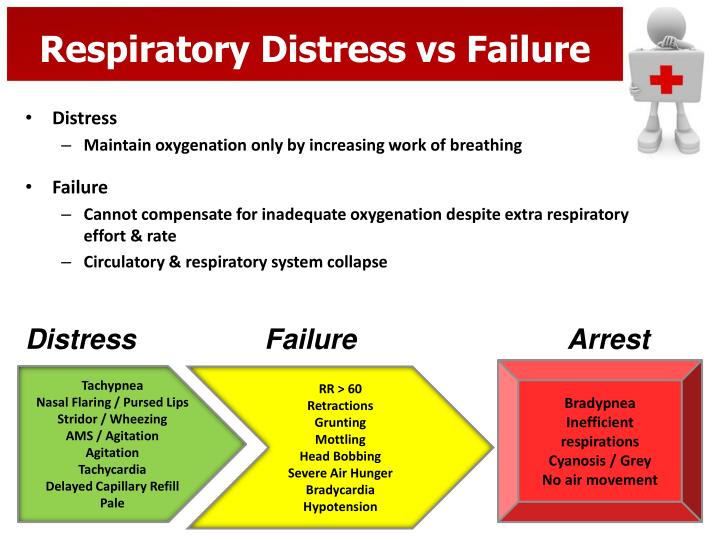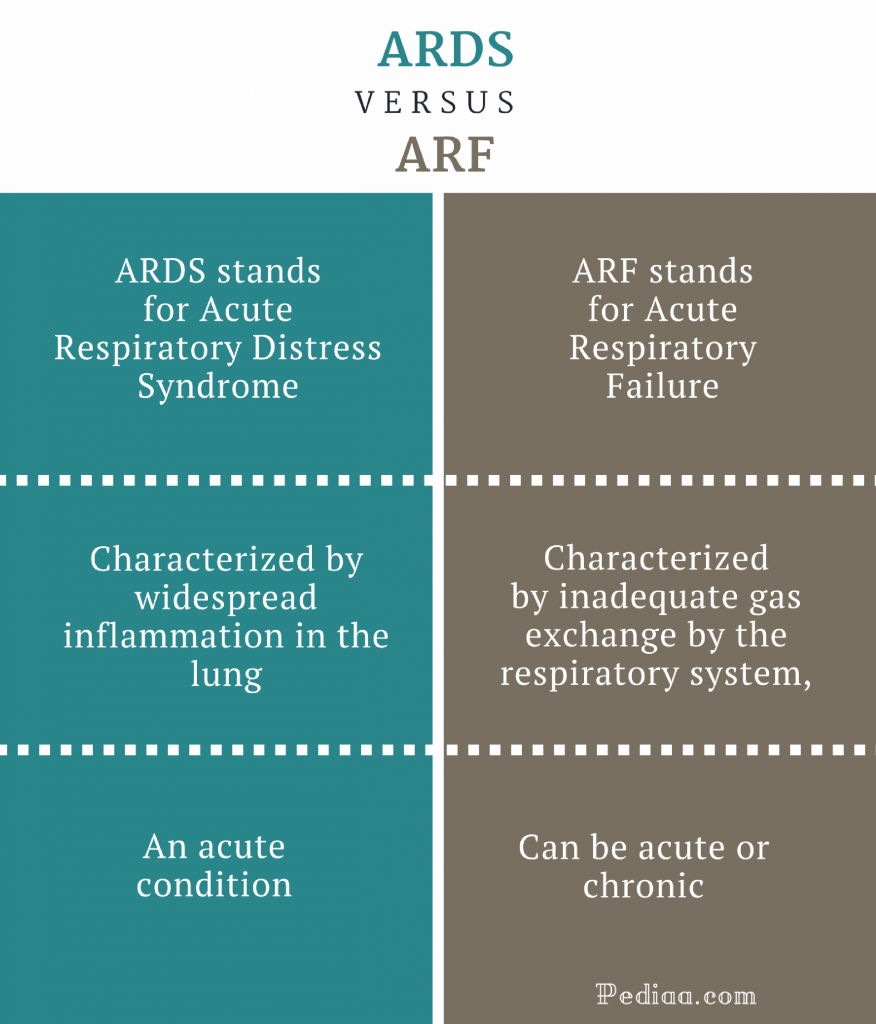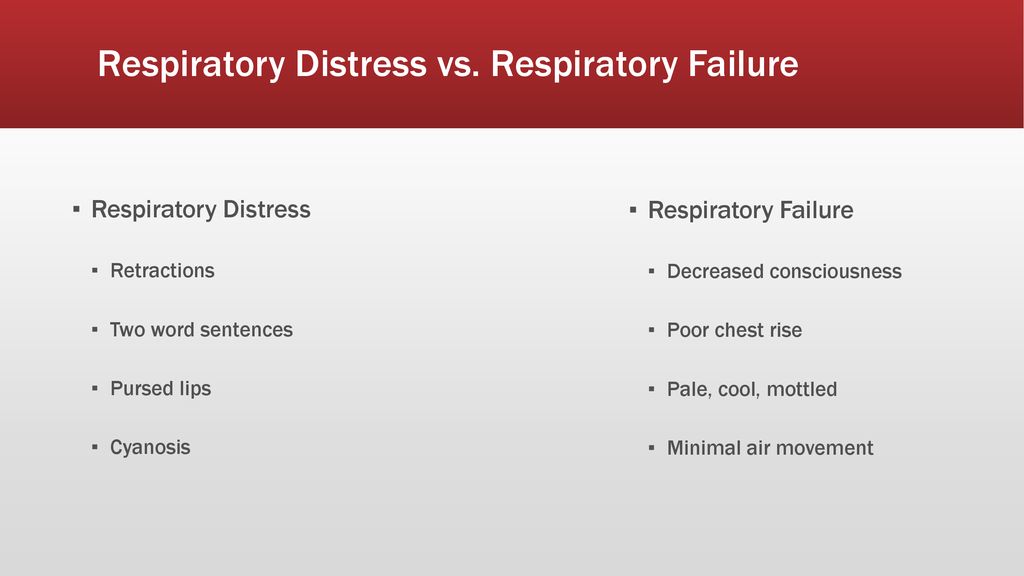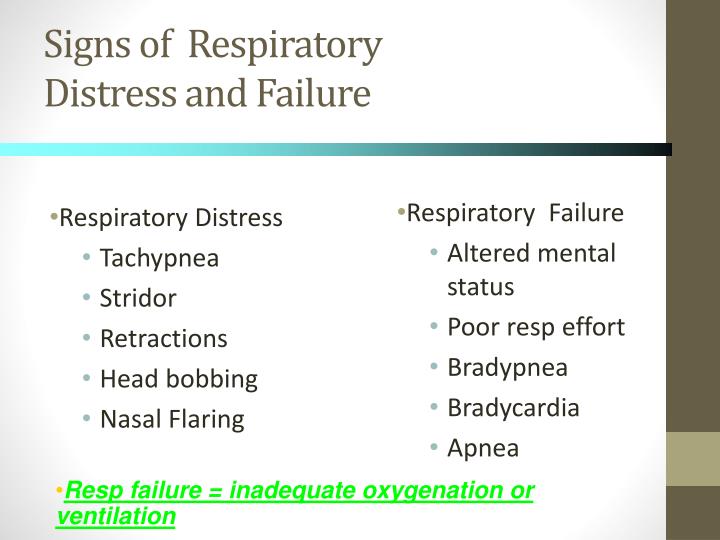Respiratory Arrest Vs Distress - • differentiate between respiratory distress and respiratory failure • explain when to oxygenate and when to ventilate a patient • discuss the aha’s. Let’s take a look at the difference between respiratory distress, failure, and arrest and how to treat respiratory arrest. Respiratory distress, or difficulty breathing, is evidenced by signs and symptoms such as shortness of breath, gasping for breath,. Respiratory distress is a clinical state characterized by abnormal (increased or decreased) respiratory rate or effort.
• differentiate between respiratory distress and respiratory failure • explain when to oxygenate and when to ventilate a patient • discuss the aha’s. Let’s take a look at the difference between respiratory distress, failure, and arrest and how to treat respiratory arrest. Respiratory distress, or difficulty breathing, is evidenced by signs and symptoms such as shortness of breath, gasping for breath,. Respiratory distress is a clinical state characterized by abnormal (increased or decreased) respiratory rate or effort.
Respiratory distress, or difficulty breathing, is evidenced by signs and symptoms such as shortness of breath, gasping for breath,. Respiratory distress is a clinical state characterized by abnormal (increased or decreased) respiratory rate or effort. Let’s take a look at the difference between respiratory distress, failure, and arrest and how to treat respiratory arrest. • differentiate between respiratory distress and respiratory failure • explain when to oxygenate and when to ventilate a patient • discuss the aha’s.
Airway algorithm review
• differentiate between respiratory distress and respiratory failure • explain when to oxygenate and when to ventilate a patient • discuss the aha’s. Respiratory distress is a clinical state characterized by abnormal (increased or decreased) respiratory rate or effort. Let’s take a look at the difference between respiratory distress, failure, and arrest and how to treat respiratory arrest. Respiratory distress,.
Respiratory Failure vs. Distress
• differentiate between respiratory distress and respiratory failure • explain when to oxygenate and when to ventilate a patient • discuss the aha’s. Let’s take a look at the difference between respiratory distress, failure, and arrest and how to treat respiratory arrest. Respiratory distress is a clinical state characterized by abnormal (increased or decreased) respiratory rate or effort. Respiratory distress,.
Respiratory Distress vs. Failure vs. Arrest (2024)
Let’s take a look at the difference between respiratory distress, failure, and arrest and how to treat respiratory arrest. Respiratory distress, or difficulty breathing, is evidenced by signs and symptoms such as shortness of breath, gasping for breath,. Respiratory distress is a clinical state characterized by abnormal (increased or decreased) respiratory rate or effort. • differentiate between respiratory distress and.
Respiratory Distress vs Failure vs Arrest Diagram Quizlet
Let’s take a look at the difference between respiratory distress, failure, and arrest and how to treat respiratory arrest. Respiratory distress, or difficulty breathing, is evidenced by signs and symptoms such as shortness of breath, gasping for breath,. • differentiate between respiratory distress and respiratory failure • explain when to oxygenate and when to ventilate a patient • discuss the.
2017 PARAMEDIC REFRESHER COURSE ppt download
Let’s take a look at the difference between respiratory distress, failure, and arrest and how to treat respiratory arrest. Respiratory distress, or difficulty breathing, is evidenced by signs and symptoms such as shortness of breath, gasping for breath,. Respiratory distress is a clinical state characterized by abnormal (increased or decreased) respiratory rate or effort. • differentiate between respiratory distress and.
Respiratory Distress vs. Failure vs. Arrest EXPLAINED YouTube
Let’s take a look at the difference between respiratory distress, failure, and arrest and how to treat respiratory arrest. • differentiate between respiratory distress and respiratory failure • explain when to oxygenate and when to ventilate a patient • discuss the aha’s. Respiratory distress is a clinical state characterized by abnormal (increased or decreased) respiratory rate or effort. Respiratory distress,.
PPT Pediatric Respiratory Emergencies PowerPoint Presentation ID
Respiratory distress, or difficulty breathing, is evidenced by signs and symptoms such as shortness of breath, gasping for breath,. • differentiate between respiratory distress and respiratory failure • explain when to oxygenate and when to ventilate a patient • discuss the aha’s. Let’s take a look at the difference between respiratory distress, failure, and arrest and how to treat respiratory.
Difference Between ARDS and ARF Clinical Features, Cause, Signs and
• differentiate between respiratory distress and respiratory failure • explain when to oxygenate and when to ventilate a patient • discuss the aha’s. Respiratory distress, or difficulty breathing, is evidenced by signs and symptoms such as shortness of breath, gasping for breath,. Respiratory distress is a clinical state characterized by abnormal (increased or decreased) respiratory rate or effort. Let’s take.
EMT Refresher Module 1 Airway/Neuro Management ppt download
Let’s take a look at the difference between respiratory distress, failure, and arrest and how to treat respiratory arrest. • differentiate between respiratory distress and respiratory failure • explain when to oxygenate and when to ventilate a patient • discuss the aha’s. Respiratory distress is a clinical state characterized by abnormal (increased or decreased) respiratory rate or effort. Respiratory distress,.
PPT Chapter 6 PowerPoint Presentation ID3769623
Respiratory distress is a clinical state characterized by abnormal (increased or decreased) respiratory rate or effort. • differentiate between respiratory distress and respiratory failure • explain when to oxygenate and when to ventilate a patient • discuss the aha’s. Let’s take a look at the difference between respiratory distress, failure, and arrest and how to treat respiratory arrest. Respiratory distress,.
Respiratory Distress Is A Clinical State Characterized By Abnormal (Increased Or Decreased) Respiratory Rate Or Effort.
Let’s take a look at the difference between respiratory distress, failure, and arrest and how to treat respiratory arrest. Respiratory distress, or difficulty breathing, is evidenced by signs and symptoms such as shortness of breath, gasping for breath,. • differentiate between respiratory distress and respiratory failure • explain when to oxygenate and when to ventilate a patient • discuss the aha’s.









